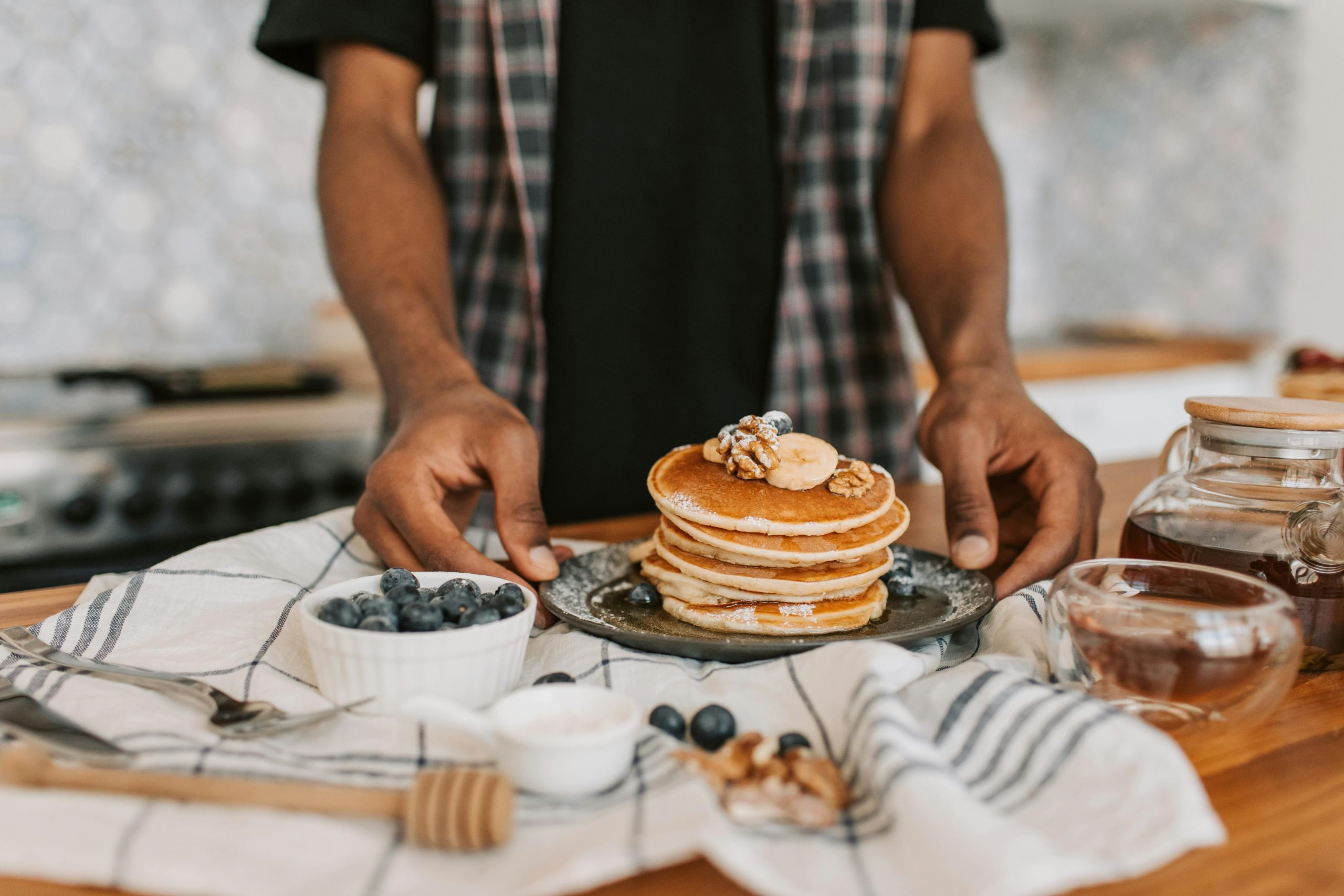Simple Techniques for Securing Your Recipe Collection Digitally
In today’s digital world, the way we store and access information has drastically changed. Now, instead of flipping through stacks of recipe cards or cookbooks, we can simply search for our favorite recipes online or store them digitally on our devices. However, with this convenience comes the risk of losing our precious recipe collections due to data security breaches, device failures, or accidental deletions. That’s why it’s essential to implement simple techniques for securing your recipe collection digitally. In this article, we’ll explore some easy and effective ways to protect your treasured recipes for years to come.
Hack-Proof Your Devices
The first step in securing your recipe collection digitally is to ensure that your devices are protected from hackers and cyber threats. Start by installing reliable antivirus and anti-malware software on all your devices, including phones, tablets, laptops, and computers. This software will regularly scan your devices for any potential security threats and protect your data from being compromised.
Another crucial step is to regularly update your device’s software, as these updates often contain security patches that can prevent potential vulnerabilities. Additionally, consider using a Virtual Private Network (VPN) when accessing the internet, especially when using public Wi-Fi. A VPN creates a secure connection and encrypts your data, making it difficult for hackers to access your information.
Back Up Your Recipes
The next important step is to regularly back up your recipe collection. Whether you store your recipes on your phone, computer, or in the cloud, it’s crucial to have multiple copies to mitigate the risk of losing them. Consider using a cloud storage service, such as Google Drive or Dropbox, to store your recipes securely. These cloud services provide automatic backups, ensuring that your recipes are always up to date and accessible from anywhere.
Another option is to use an external hard drive to store your recipes. This method is especially useful if you have a large collection of recipes or prefer to keep your recipes offline. It’s essential to regularly back up your recipes to your external hard drive to ensure that you have the most recent versions in case of any data loss.
Organize and Label Your Recipes
Having a well-organized recipe collection not only makes it easier to find your favorite recipes but also helps in securing them digitally. Start by creating separate folders for different recipe types, such as main courses, desserts, and appetizers. Within each folder, create subfolders to organize your recipes further.
Another helpful tip is to label your recipe files appropriately. Use specific names for each file, such as the name of the dish or ingredients used. This way, you can quickly search for a recipe without having to go through all your files. Additionally, consider adding keywords or tags to your recipes to make them more searchable.
Protect Your Recipe Files
Now that you have organized and labeled your recipes, the next step is to protect them with passwords or encryption. If using a cloud service, make sure to set a strong password to access your recipes. Avoid using obvious or easy-to-guess passwords and change them regularly for added security.
If you’re storing your recipes on your device, consider using encryption software to protect them. Encryption software converts your data into a code, making it unreadable to unauthorized users. This way, even if your device is lost or stolen, your recipes will remain protected.
Be Mindful of Sharing Your Recipes
While it’s tempting to share your best recipes with friends and family, make sure to be mindful of how you share them. Limit sharing them through secure platforms or by sending them encrypted files. This way, you can protect your recipes from being modified or shared without your permission.
Furthermore, avoid posting your recipes on public platforms or social media, as this can make them vulnerable to copyright infringement or misuse. If you have a blog or website where you share your recipes, make sure to add a disclaimer stating that the recipes are your original work and not to be shared without your consent.
Conclusion
With these simple yet effective techniques, you can secure your recipe collection digitally and ensure that it remains a valuable asset for years to come. Remember to regularly update and back up your recipes, organize and label them properly, protect them with passwords or encryption, and be cautious of how you share them. Implementing these practices will give you peace of mind and protect your recipes from any potential threats, allowing you to enjoy cooking and sharing your favorite dishes with your loved ones.











